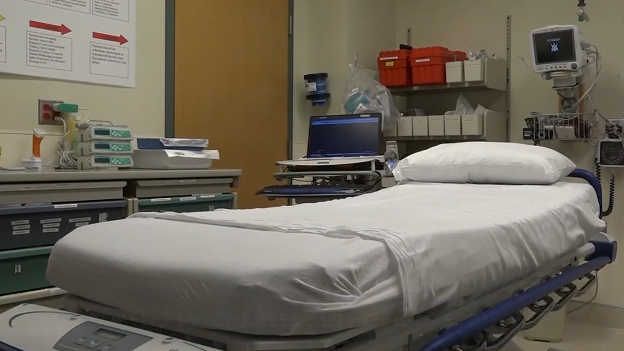Oregon hospitals report mounting losses in Q1 of 2023 as costs continue to outpace revenue

LAKE OSWEGO, Ore. (KTVZ) -- While Oregon hospitals saw modest improvement in their operating margins and revenue in the first quarter of 2023, they reported Monday that they continue to be financially stressed by rising expenses and a decline in hospital visits.
A new report by Apprise Health Insights shows that more than two-thirds of Oregon’s hospitals lost money in the first quarter of 2023. Faced with strong financial headwinds, some hospitals were forced to tap into their reserves to continue providing services to their communities.
Though hospitals’ median operating margin increased by one-half of a percentage point to -2.2%, the first quarter of 2023 marks the fifth consecutive quarter of negative overall operating margins. Oregon hospitals have lost a total of $414 million from operations since the first quarter of 2022.
Operating expenses went up by $255 million in the first quarter, a 6% increase, reflecting rising wages and prices for supplies and services. At the same time, patient volumes were down across the state, suggesting that bed capacity and workforce shortages continue to limit patients’ access to care.
“Patients are feeling the impact of workforce shortages as we see reduced access to care throughout Oregon,” said Becky Hultberg, president and CEO of the Oregon Association of Hospitals and Health Systems. “That’s why it’s so important to begin the hard work of rebuilding our health care workforce.”
First quarter 2023 total hospital visits dropped by 2.3% when compared to the previous quarter and are down 7.2% when compared to the first quarter of 2022. Emergency Department visits saw a substantial drop from the fourth quarter of 2022 to the first quarter of 2023 at -7.2%.
The Apprise report also shows the average length of stay (ALOS) was flat but remains high at 5.64 days. ALOS has risen 20-25% compared to levels of 4.5-4.7 days seen in the years prior to the pandemic. High ALOS is another byproduct of the staffing shortage, as patients are unable to be discharged to a post-acute care facility to continue their recoveries. Due to fixed reimbursements for many patients, the broken care continuum is also a strain on revenue and hospital margins.
“As I have often said, a local hospital with an open front door and a closed back door does not work even with the best efforts of our teams,” Hultberg said. “We are grateful to the lawmakers who supported our package of workforce investments this legislative session, but there are no easy and quick fixes to this generational challenge.”



